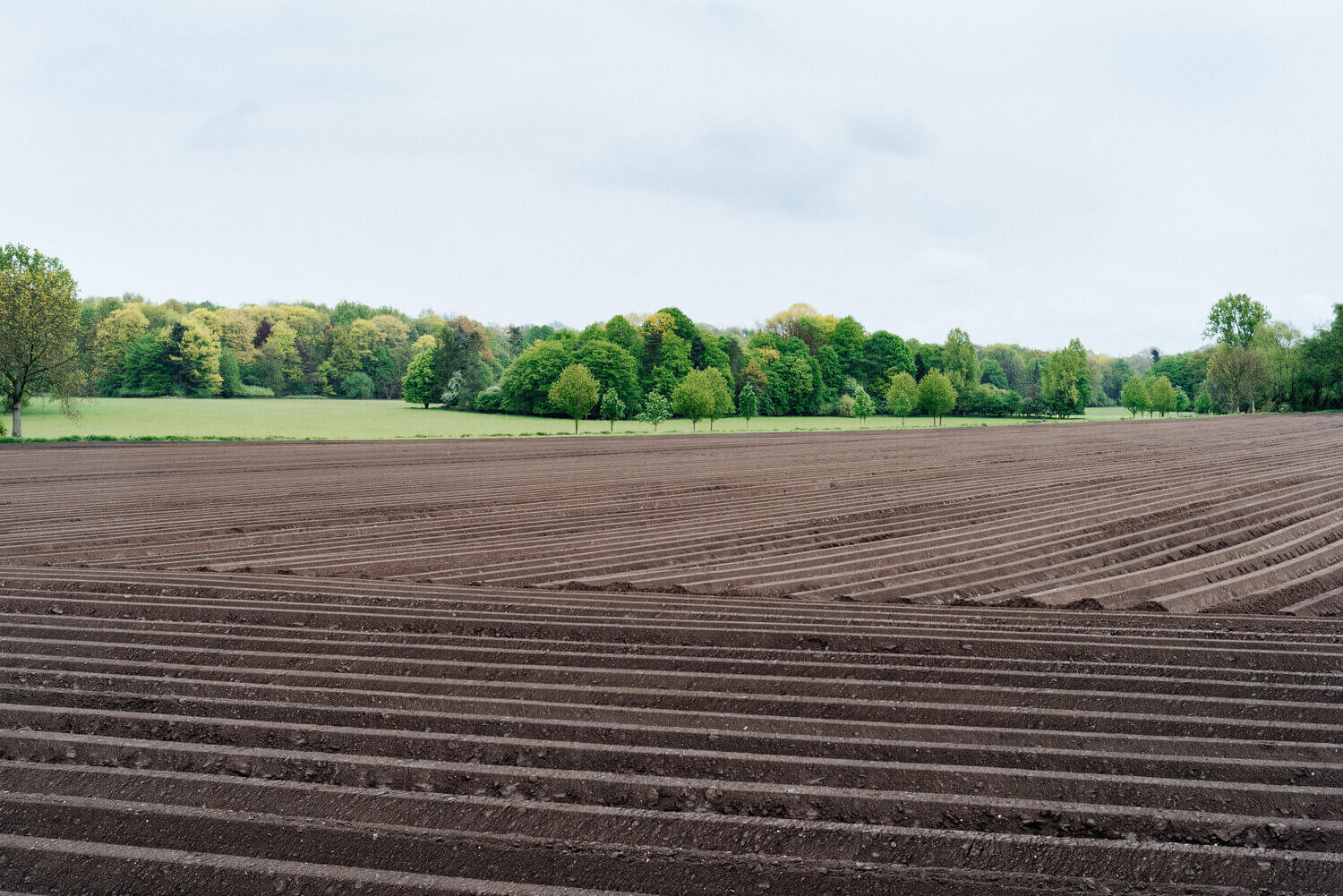
Farming practices have changed drastically over the years. With the advancement in technology, farmers now have access to a wide range of tools and techniques to help them grow crops more efficiently. One such technique that has gained popularity over the years is minimum tillage.
Minimum tillage is a method of farming that involves disturbing the soil as little as possible. This technique is a departure from traditional tillage, which involves turning over the soil to prepare it for planting. In minimum tillage, farmers leave the soil undisturbed or only disturb it to a shallow depth, preserving the soil’s structure and organic matter.
There are several reasons why farmers should consider minimum tillage. One of the primary benefits is improved soil health. Disturbing the soil less often means that the soil structure is less disrupted, preserving the beneficial organisms and microbes that live within it. The soil is also less likely to become compacted, which can lead to poor drainage and reduced plant growth.
Another benefit of minimum tillage is that it helps to reduce erosion and water loss. When soil is disturbed, it becomes more susceptible to erosion from wind and water. By leaving the soil undisturbed, farmers can reduce the risk of soil erosion and retain more moisture, which is essential for plant growth.
Minimum tillage can also help farmers retain more nutrients in the soil. When the soil is turned over, it can lead to the loss of organic matter, which is a vital source of nutrients for plants. By leaving the soil undisturbed, farmers can retain more organic matter, leading to healthier plants and higher yields.
Additionally, minimum tillage can be a cost-effective method of farming. Traditional tillage involves the use of heavy equipment and machinery, which can be expensive to operate and maintain. By minimizing the use of machinery, farmers can reduce their expenses and increase their profits.
There are also environmental benefits to practicing minimum tillage. By reducing soil erosion and water loss, farmers can help to conserve water resources and prevent the contamination of nearby water sources. Additionally, by preserving the soil’s structure and organic matter, minimum tillage can help to reduce greenhouse gas emissions by preventing the release of carbon into the atmosphere.
While minimum tillage can offer several benefits, it is important to note that it may not be suitable for all crops and soil types. Certain crops, such as root vegetables, may require more extensive tillage to achieve the desired results. Additionally, certain soil types may not be suitable for minimum tillage, as they may require more extensive preparation to promote healthy plant growth.
In conclusion, minimum tillage is a farming technique that offers several benefits, including improved soil health, reduced erosion and water loss, and more efficient use of resources. By practicing minimum tillage, farmers can improve their crop yields, reduce their expenses, and help to protect the environment. While it may not be suitable for all crops and soil types, it is worth considering for those looking to optimize their farming practices.


















